Home>Uncategorized>How To Align A Printer
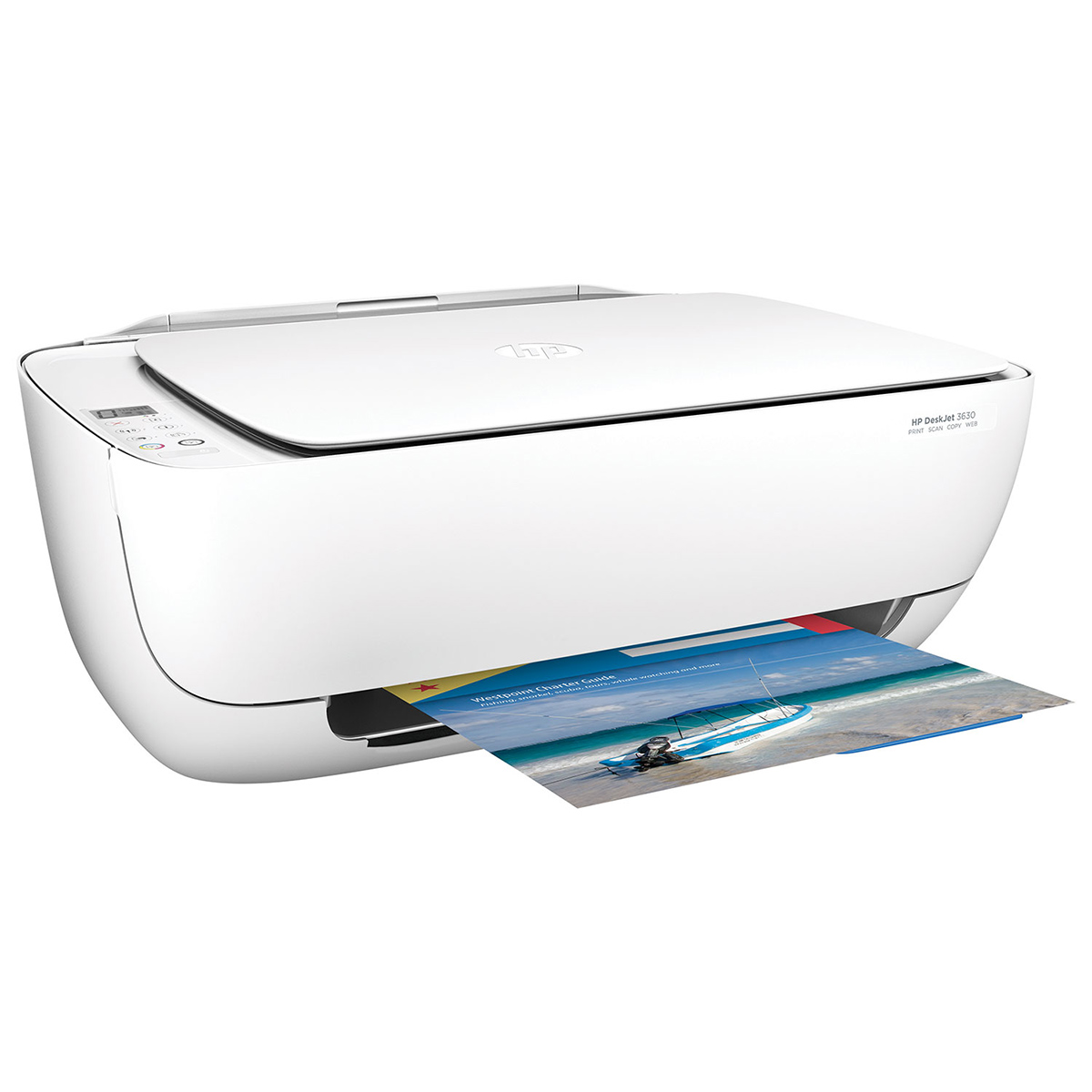

Uncategorized
How To Align A Printer
Published: January 7, 2024
Learn how to align a printer with our step-by-step guide for smart home devices. Ensure perfect prints every time with our expert tips.
(Many of the links in this article redirect to a specific reviewed product. Your purchase of these products through affiliate links helps to generate commission for Storables.com, at no extra cost. Learn more)
Introduction
Welcome to the world of smart home devices, where convenience and innovation intersect to revolutionize the way we interact with our living spaces. Among the myriad of smart home devices available, smart printers stand out as indispensable tools for modern households and businesses. These versatile machines not only offer the convenience of wireless printing and scanning but also boast advanced features such as automatic document feeders, cloud connectivity, and high-resolution printing capabilities.
However, to ensure optimal performance and high-quality output, it is crucial to maintain the alignment of your smart printer. Proper alignment is essential for preventing paper jams, ensuring accurate document placement, and achieving crisp, professional-looking prints. In this comprehensive guide, we will walk you through the process of aligning your smart printer, empowering you to take full advantage of its impressive capabilities.
Whether you are a tech-savvy enthusiast or a novice user, understanding how to align your smart printer will elevate your printing experience to new heights. Let’s dive into the world of printer alignment and discover the simple yet impactful steps to optimize your printing results.
Key Takeaways:
- Keep your smart printer aligned to prevent paper jams, smudged ink, and irregular margins. Use built-in diagnostic tools and adjustment features for optimal performance and high-quality prints.
- Printing a test page helps assess alignment adjustments. Finalize settings to ensure consistent, high-quality prints across various document types and scenarios.
Read more: How To Align Printer Cartridge
Checking Printer Alignment
Before delving into the adjustment process, it’s essential to first assess the current alignment status of your smart printer. This preliminary step allows you to identify any potential misalignments and lays the groundwork for making precise adjustments.
One of the primary indicators of misalignment is the quality of your printed documents. If you notice inconsistent or skewed text, smudged ink, or irregular margins, it’s likely that your printer requires alignment. Additionally, closely examine the paper path to check for any signs of paper skewing or misfeeding, as these issues often stem from alignment problems.
Another effective method for checking printer alignment involves utilizing the printer’s self-diagnostic tools. Many smart printers are equipped with built-in alignment check features that can be accessed through the control panel or the accompanying mobile app. By initiating a diagnostic test, the printer will generate a sample page that showcases various alignment elements, such as grid lines, color bars, and text patterns. Analyzing this test page will provide valuable insights into the printer’s alignment status and highlight areas that require adjustment.
Furthermore, inspect the physical components of the printer, including the paper tray, print head, and ink cartridges. Ensure that the paper is loaded correctly in the tray, the print head is free from obstructions, and the ink cartridges are securely in place. Any irregularities or obstructions within these components can contribute to alignment issues and hinder the printer’s overall performance.
By thoroughly examining the printed output, utilizing diagnostic tools, and inspecting the printer’s physical components, you can effectively assess the alignment status of your smart printer. With this foundational knowledge in place, you are ready to embark on the alignment adjustment process, which we will explore in the following section.
Adjusting Printer Alignment
Once you’ve identified the need for alignment adjustments, the next step is to fine-tune the settings of your smart printer to ensure precise and accurate document placement. Most smart printers offer intuitive alignment adjustment features that can be accessed through the printer’s control panel or the accompanying software interface.
To initiate the alignment adjustment process, navigate to the printer’s settings menu and locate the “Alignment” or “Calibration” option. Upon selecting this feature, the printer will prompt you to choose the type of alignment adjustment you wish to perform, such as vertical alignment, horizontal alignment, or both. These options allow you to target specific aspects of the printing process, addressing any misalignments that may be affecting the output quality.
When adjusting the printer’s alignment, it’s important to follow the on-screen instructions provided by the printer’s interface. This typically involves printing a test page that contains alignment patterns and reference markers. Once the test page is printed, carefully examine the alignment patterns to determine if any adjustments are necessary. Some printers may require manual input to align the patterns, while others offer automatic alignment correction based on the printed test page.
For printers equipped with automatic alignment correction, the device will analyze the test page and make real-time adjustments to optimize the alignment settings. This streamlined process simplifies the alignment adjustment task, ensuring that the printer’s internal mechanisms are precisely calibrated for optimal performance.
If manual alignment adjustments are necessary, the printer’s interface will guide you through the step-by-step process of aligning the printed patterns using the designated controls. This hands-on approach allows for meticulous fine-tuning, empowering you to achieve pixel-perfect alignment and eliminate any discrepancies in the printed output.
By leveraging the alignment adjustment features of your smart printer, you can proactively address misalignments and elevate the quality of your printed documents. This proactive approach not only enhances the visual appeal of your prints but also contributes to the overall efficiency and reliability of your smart printer.
Make sure to align the printer by adjusting the paper guides to fit the size of the paper you are using. Also, check the printer settings to ensure the correct paper size and type is selected.
Printing Test Page
Printing a test page is a pivotal step in the printer alignment process, serving as a visual benchmark for assessing the effectiveness of the alignment adjustments. This diagnostic tool provides valuable insights into the printer’s performance and allows you to validate the impact of the alignment modifications.
To print a test page, access the printer’s settings menu and navigate to the “Print Test Page” or “Diagnostic Page” option. Upon selecting this feature, the printer will initiate the printing process, generating a comprehensive test page that encompasses a range of alignment patterns, color gradients, and text samples. This multifaceted page serves as a comprehensive assessment tool, enabling you to evaluate various aspects of the printer’s output quality.
When the test page is printed, carefully examine the alignment patterns, ensuring that they exhibit uniformity, sharpness, and proper positioning. Look for any signs of misalignment, such as skewed lines, uneven spacing, or color inconsistencies. By scrutinizing these elements, you can pinpoint any residual alignment issues that may require further adjustments.
Furthermore, assess the text samples on the test page to gauge the clarity, legibility, and overall print quality. Verify that the text is rendered crisply and uniformly across the page, free from any smudging or distortion. This thorough evaluation of the text output provides valuable insights into the printer’s alignment precision and its ability to produce professional-grade documents.
In addition to alignment patterns and text samples, the test page may include color gradients and tonal variations that allow you to assess the printer’s color accuracy and consistency. By examining these color elements, you can ensure that the printer maintains faithful color reproduction and avoids any deviations or irregularities in the printed output.
Upon completing the assessment of the test page, take note of any remaining alignment discrepancies or irregularities. If necessary, revisit the alignment adjustment settings on the printer and fine-tune the alignment parameters to address any lingering issues. By iteratively adjusting the alignment and printing test pages, you can methodically refine the printer’s settings until optimal alignment and print quality are achieved.
By leveraging the insights gleaned from the printed test page, you can iteratively refine the alignment settings of your smart printer, ensuring that it delivers consistent, high-quality output across various document types and printing scenarios.
Finalizing Alignment
After making the necessary alignment adjustments and validating the impact through test page evaluations, it’s time to finalize the alignment settings of your smart printer. This crucial step ensures that the printer’s internal mechanisms are precisely calibrated to deliver optimal performance across a diverse range of printing tasks.
Once you are satisfied with the alignment adjustments and the quality of the printed test pages, navigate to the printer’s settings menu to access the alignment finalization feature. This function allows you to lock in the adjusted alignment settings, ensuring that they remain consistent and stable during subsequent printing operations.
Upon selecting the alignment finalization option, the printer will prompt you to confirm the updated alignment settings. This serves as a safeguard against accidental misalignment or unintended modifications to the calibrated parameters. By confirming the alignment settings, you establish a baseline for the printer’s alignment precision, safeguarding against potential deviations in the future.
Furthermore, some smart printers offer the option to save customized alignment profiles, allowing you to create and store specific alignment settings tailored to different printing scenarios. This feature is particularly beneficial for users who frequently switch between various paper types, document formats, or printing preferences, as it streamlines the alignment adjustment process for different usage contexts.
As a final step in the alignment finalization process, consider printing a sample document or image to verify the consistency and accuracy of the alignment settings across real-world printing tasks. By assessing the quality of the printed output in practical applications, you can ensure that the alignment adjustments effectively translate into enhanced print quality and visual precision.
By finalizing the alignment settings of your smart printer, you establish a reliable foundation for consistent, high-quality printing performance. This proactive approach to alignment maintenance not only enhances the visual appeal of your printed documents but also contributes to the overall efficiency and reliability of your smart printer.
With the alignment process completed and the settings finalized, you can confidently harness the full potential of your smart printer, enjoying professional-grade prints and seamless printing experiences across a wide spectrum of applications.
Frequently Asked Questions about How To Align A Printer
Was this page helpful?
At Storables.com, we guarantee accurate and reliable information. Our content, validated by Expert Board Contributors, is crafted following stringent Editorial Policies. We're committed to providing you with well-researched, expert-backed insights for all your informational needs.
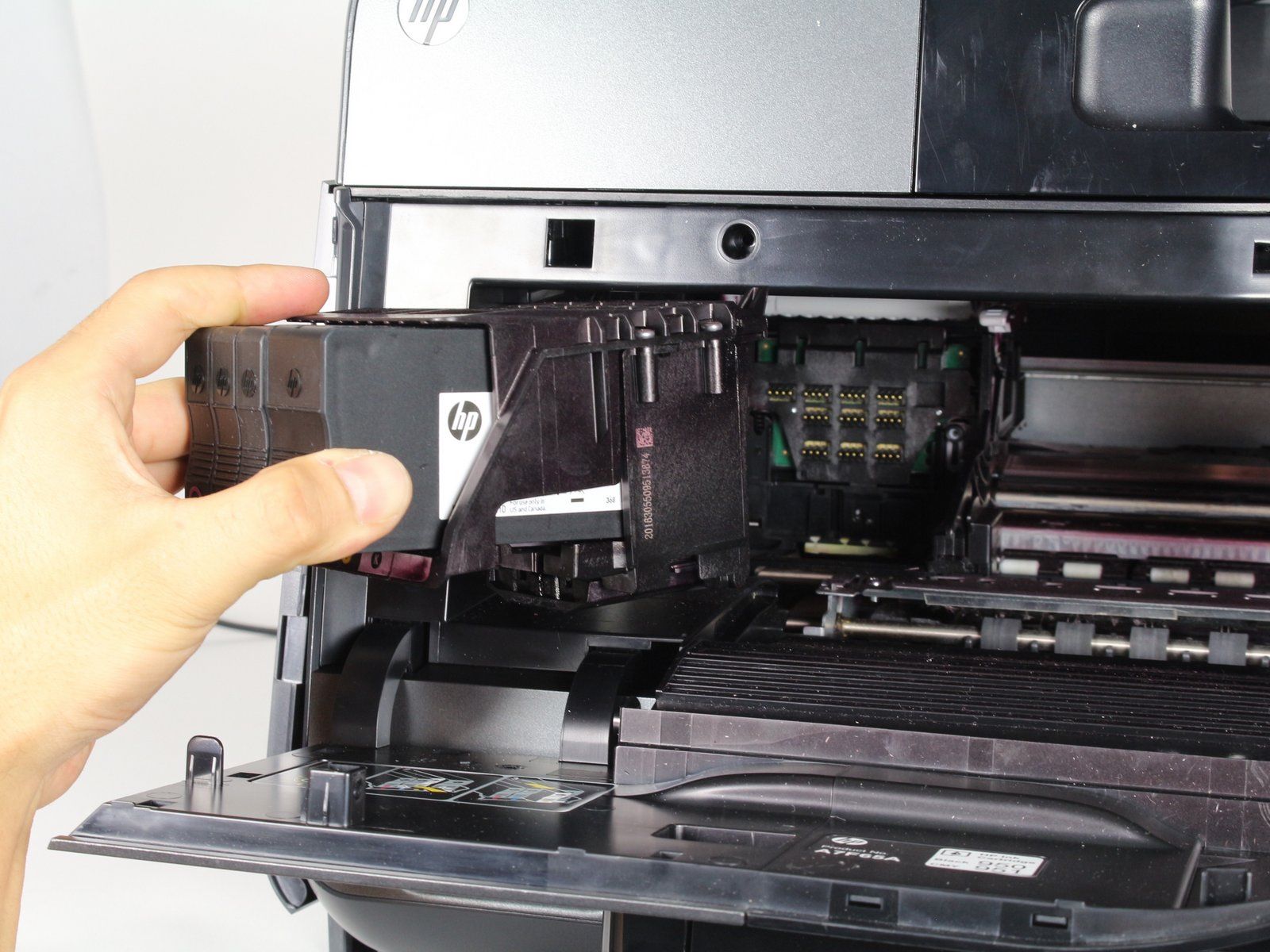
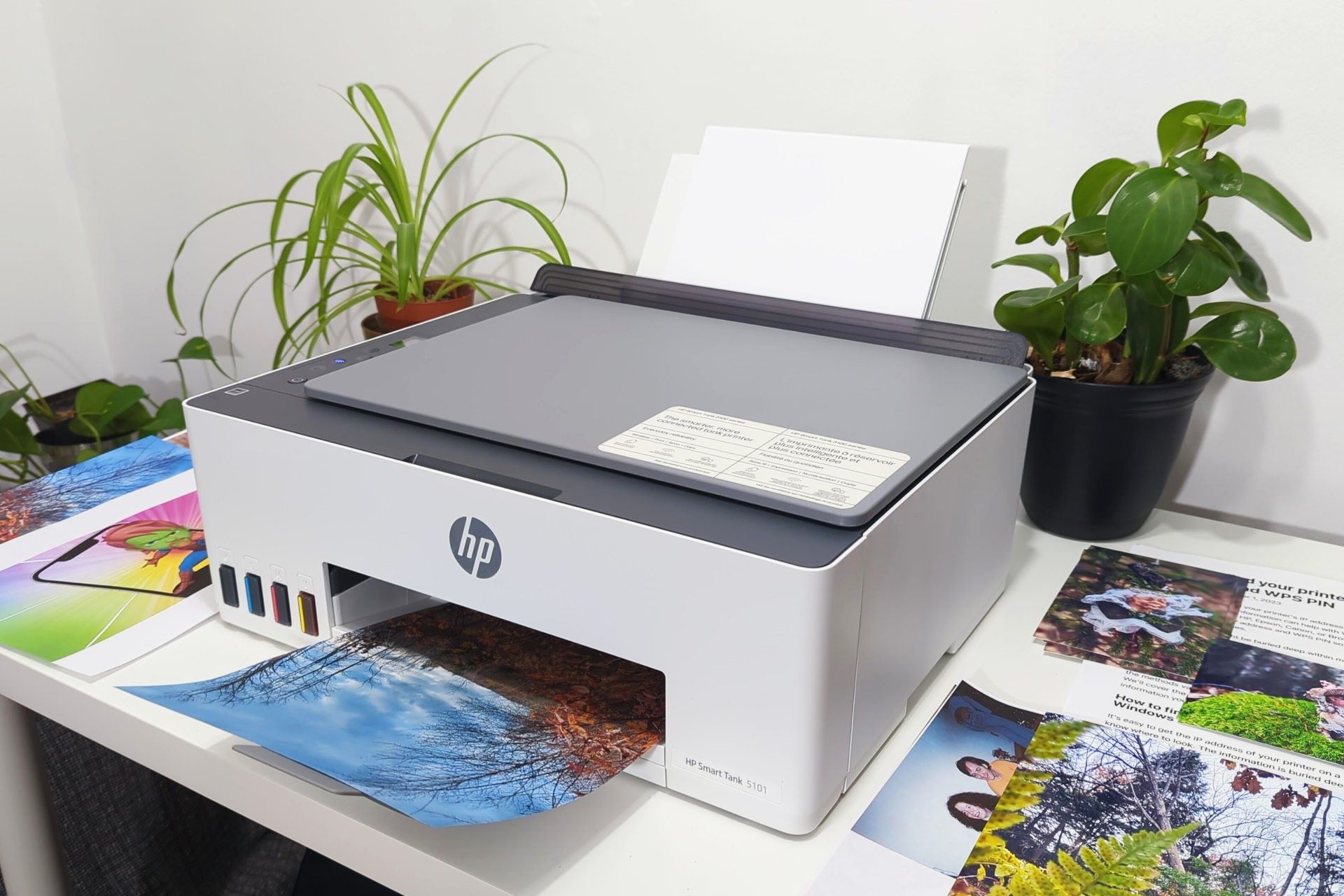
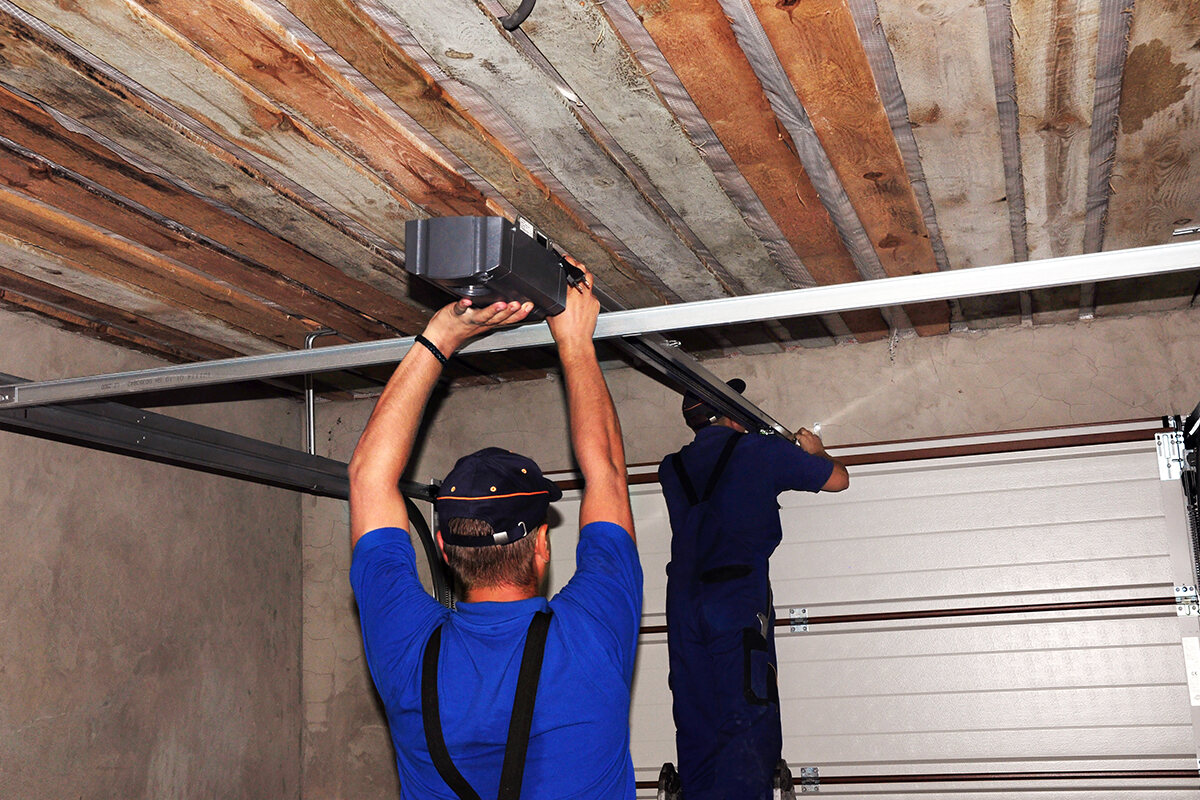
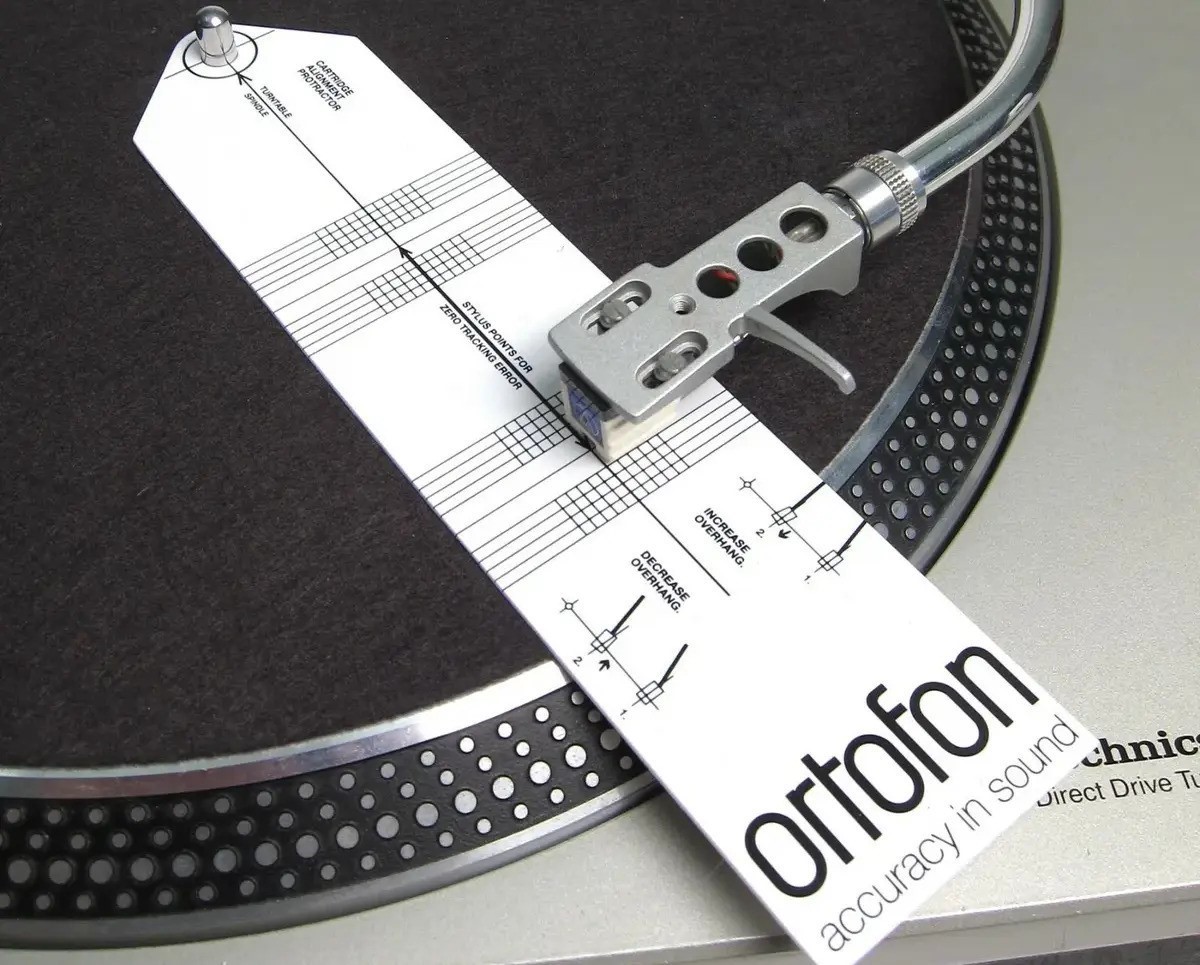
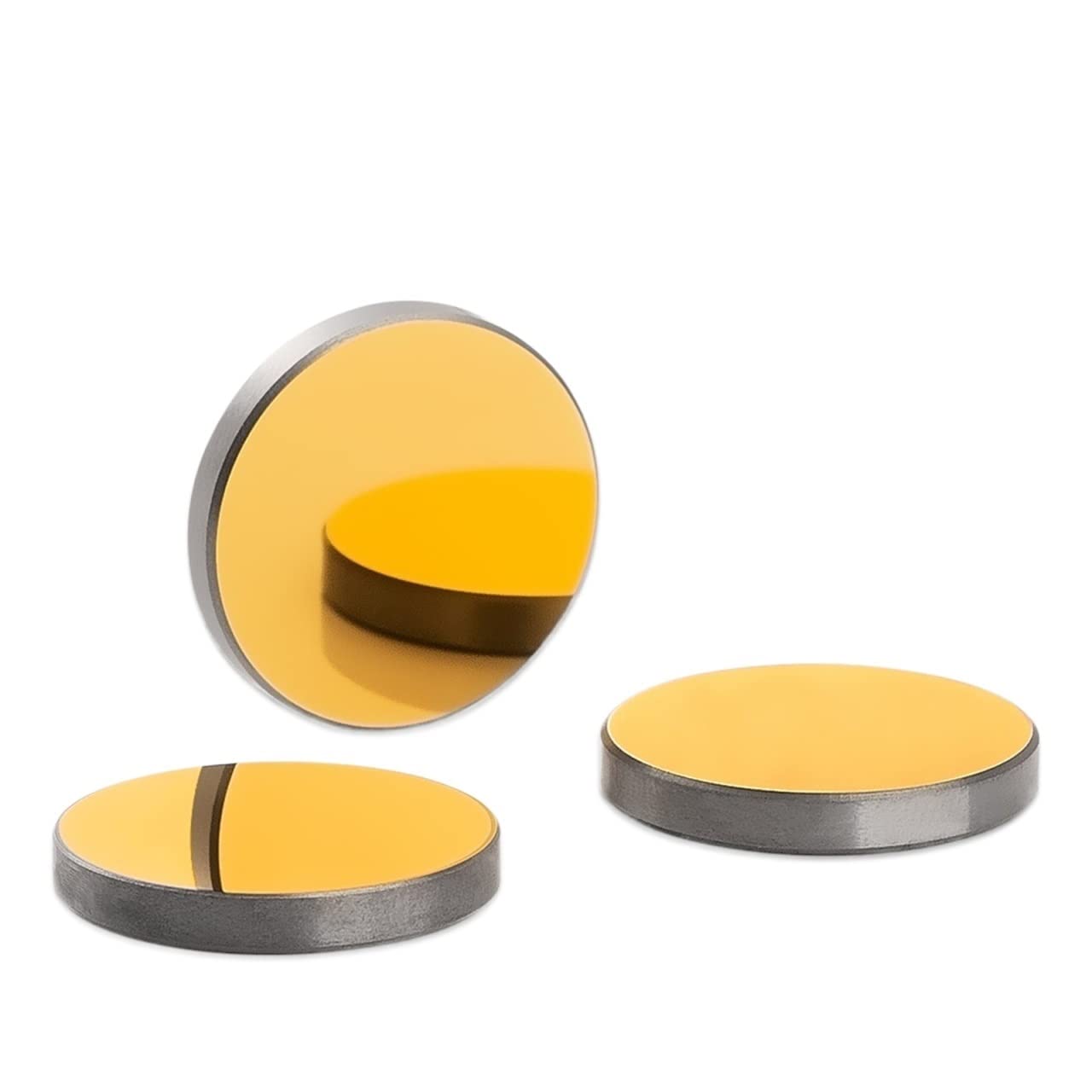
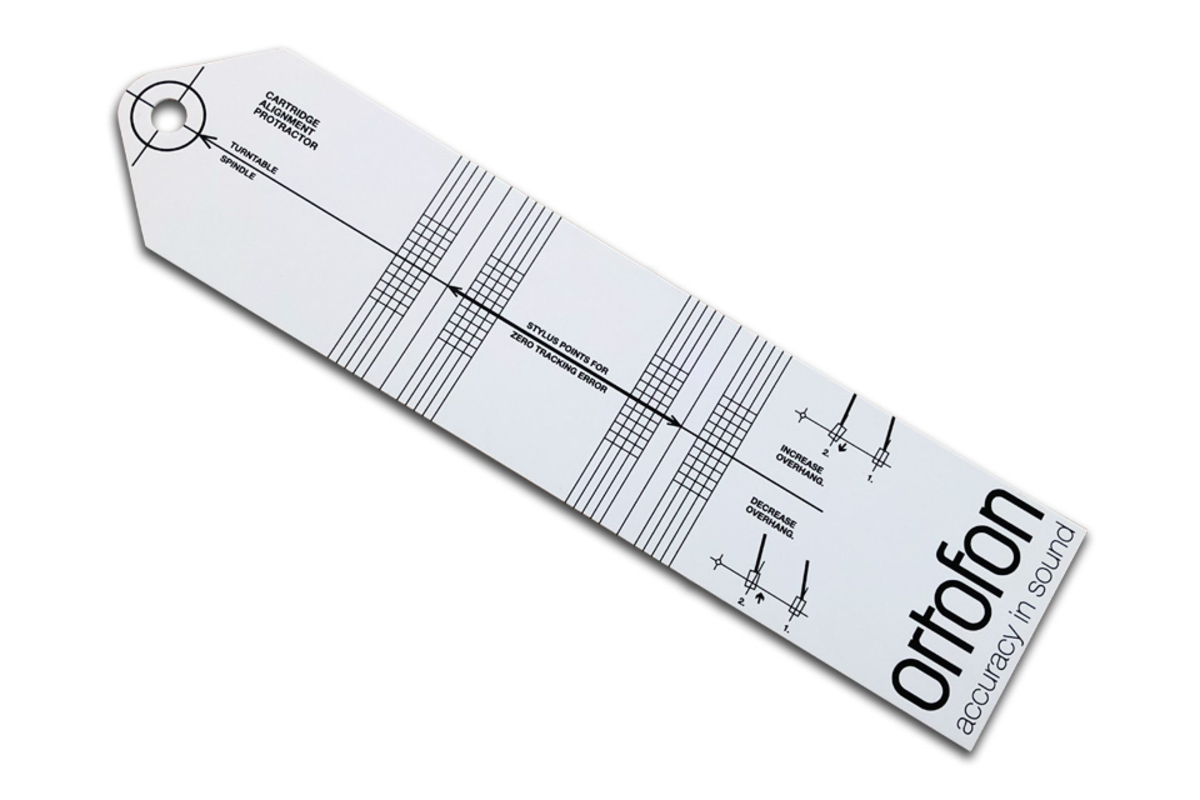
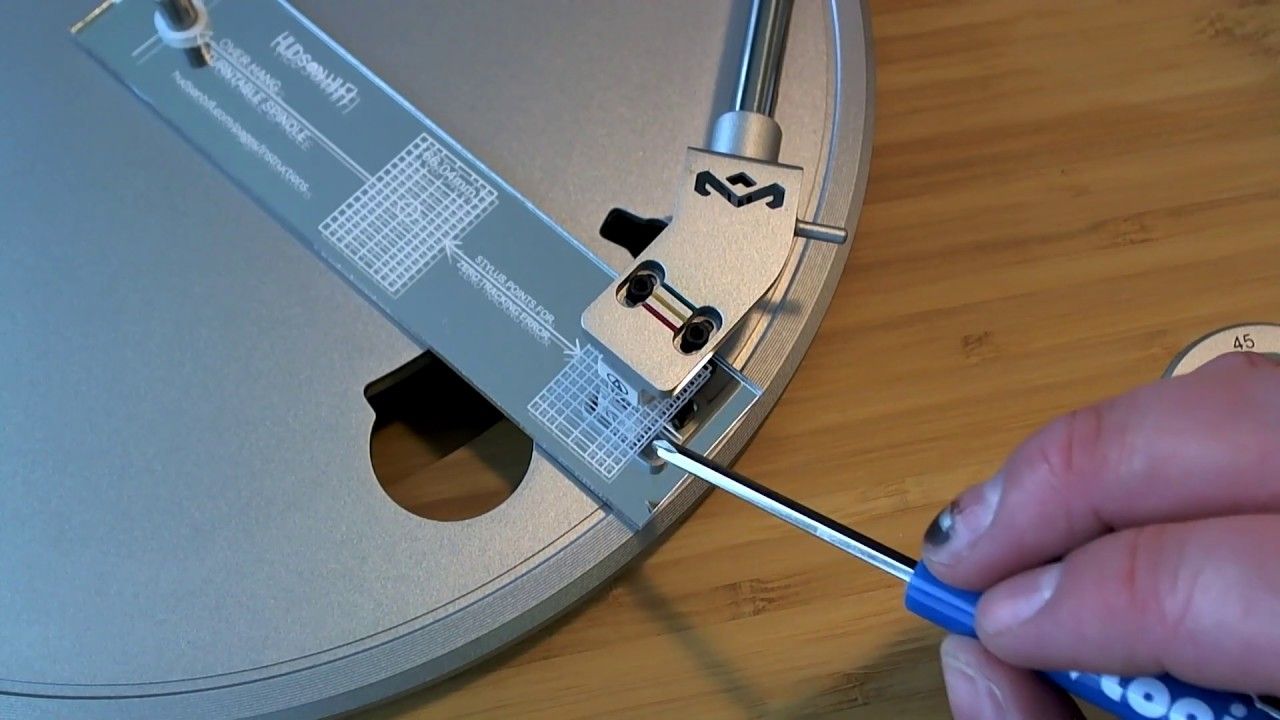
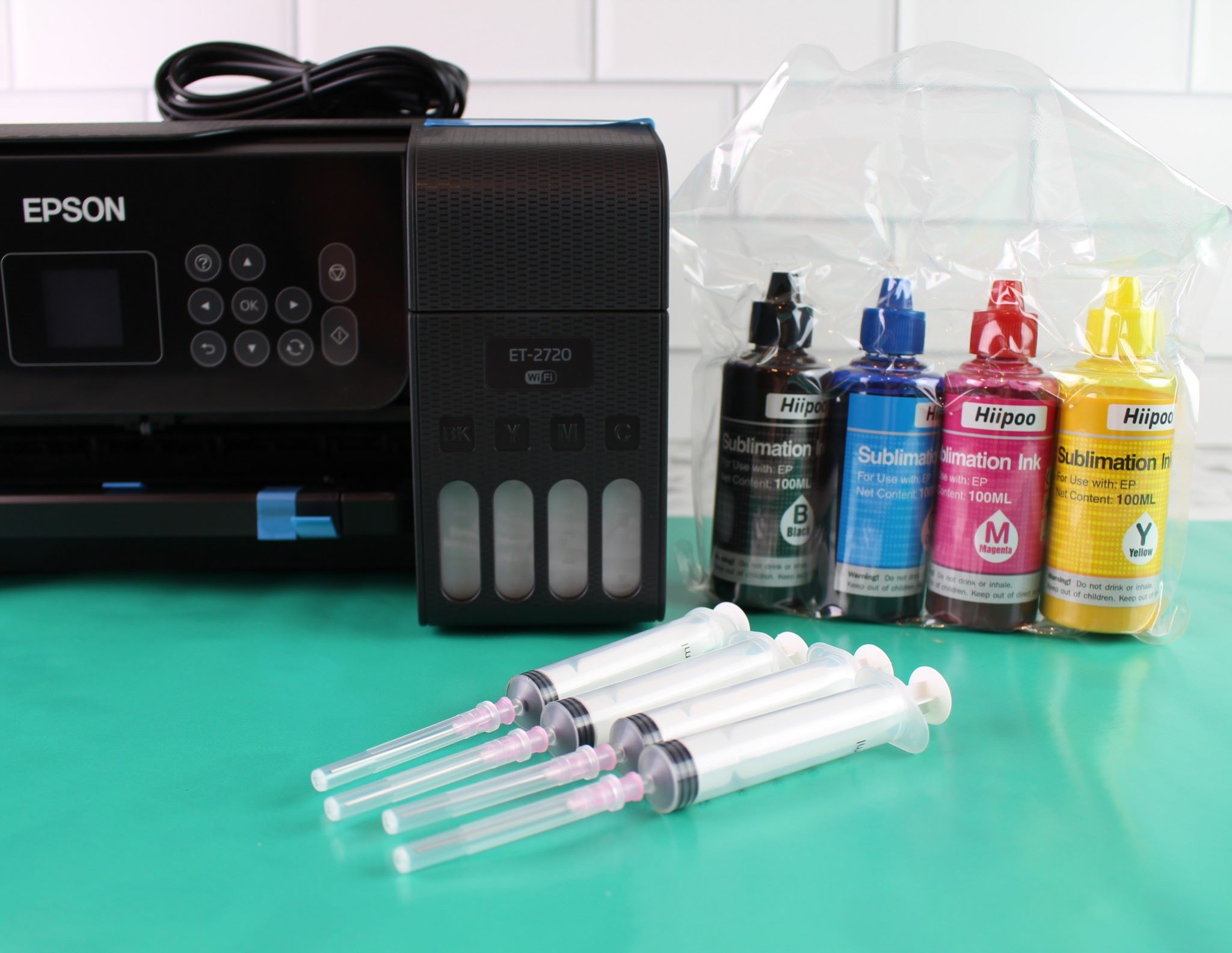
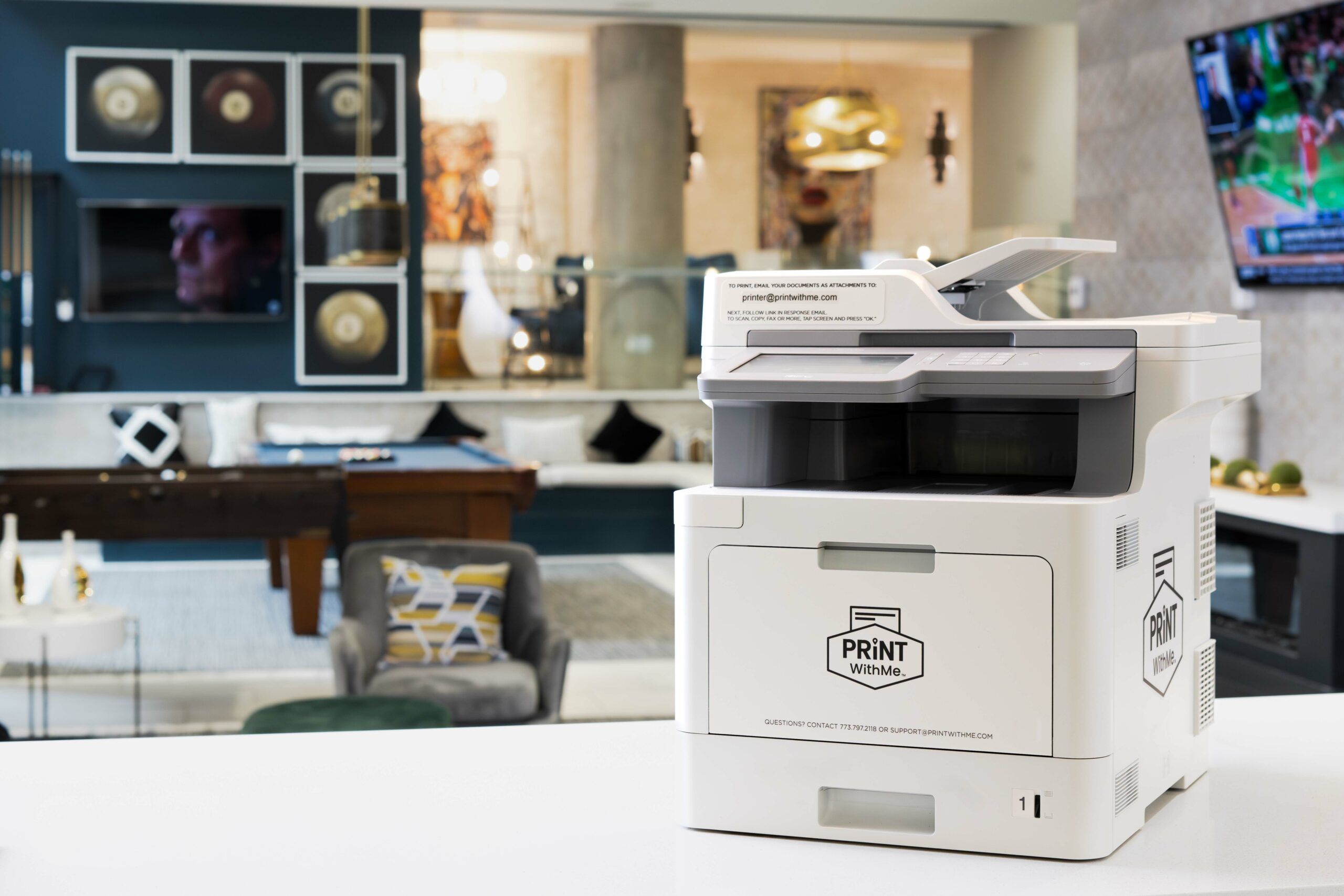
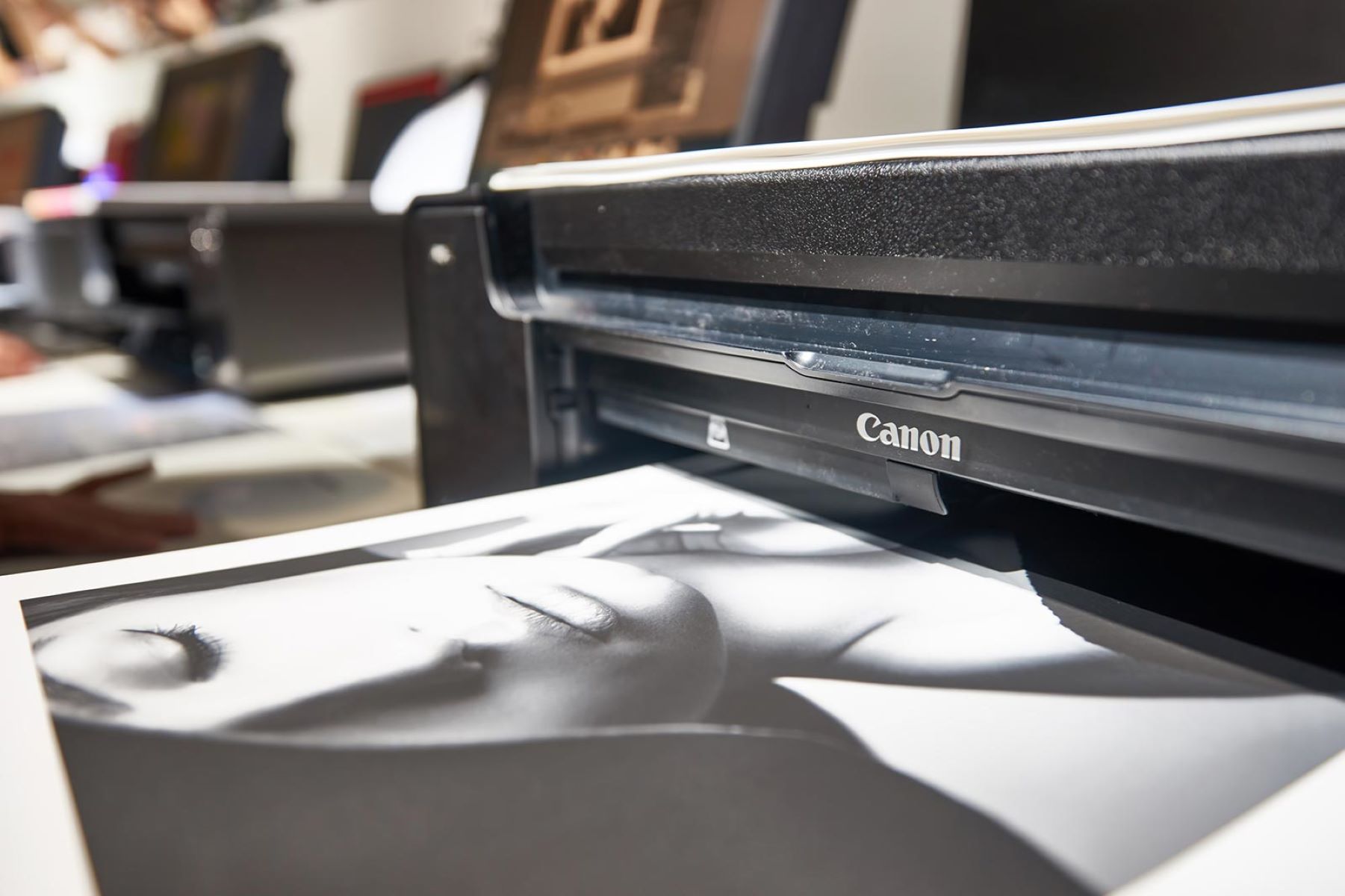
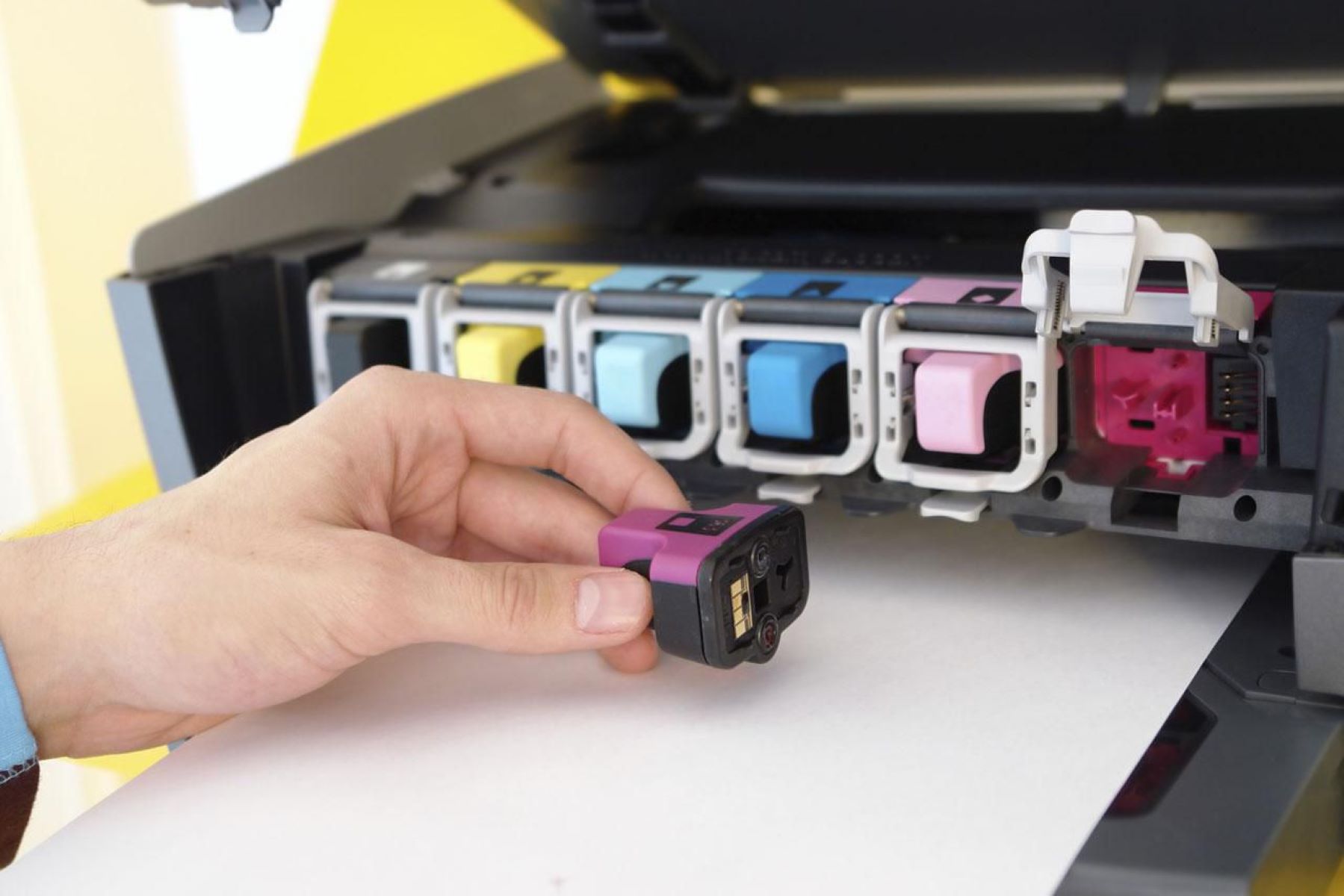
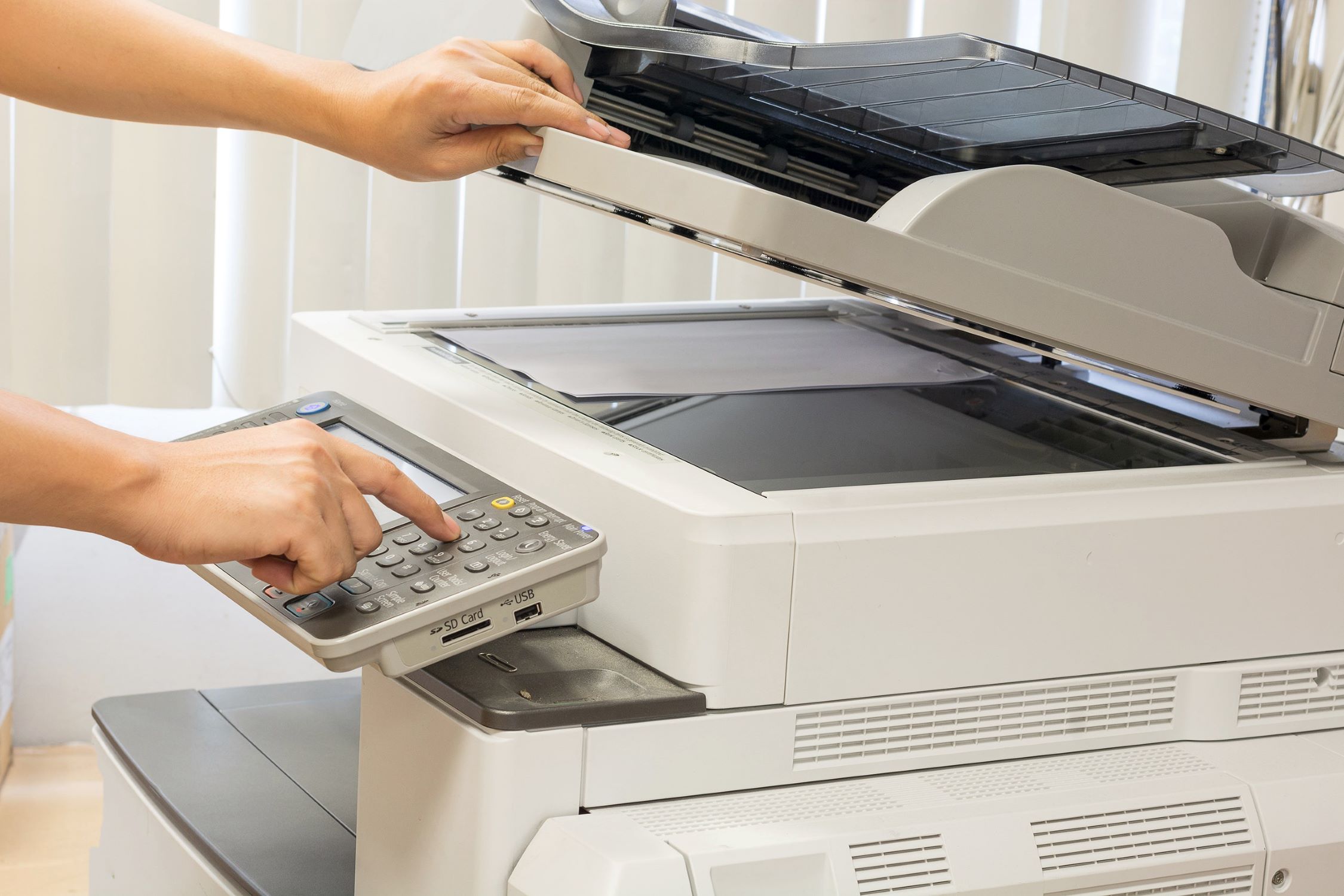
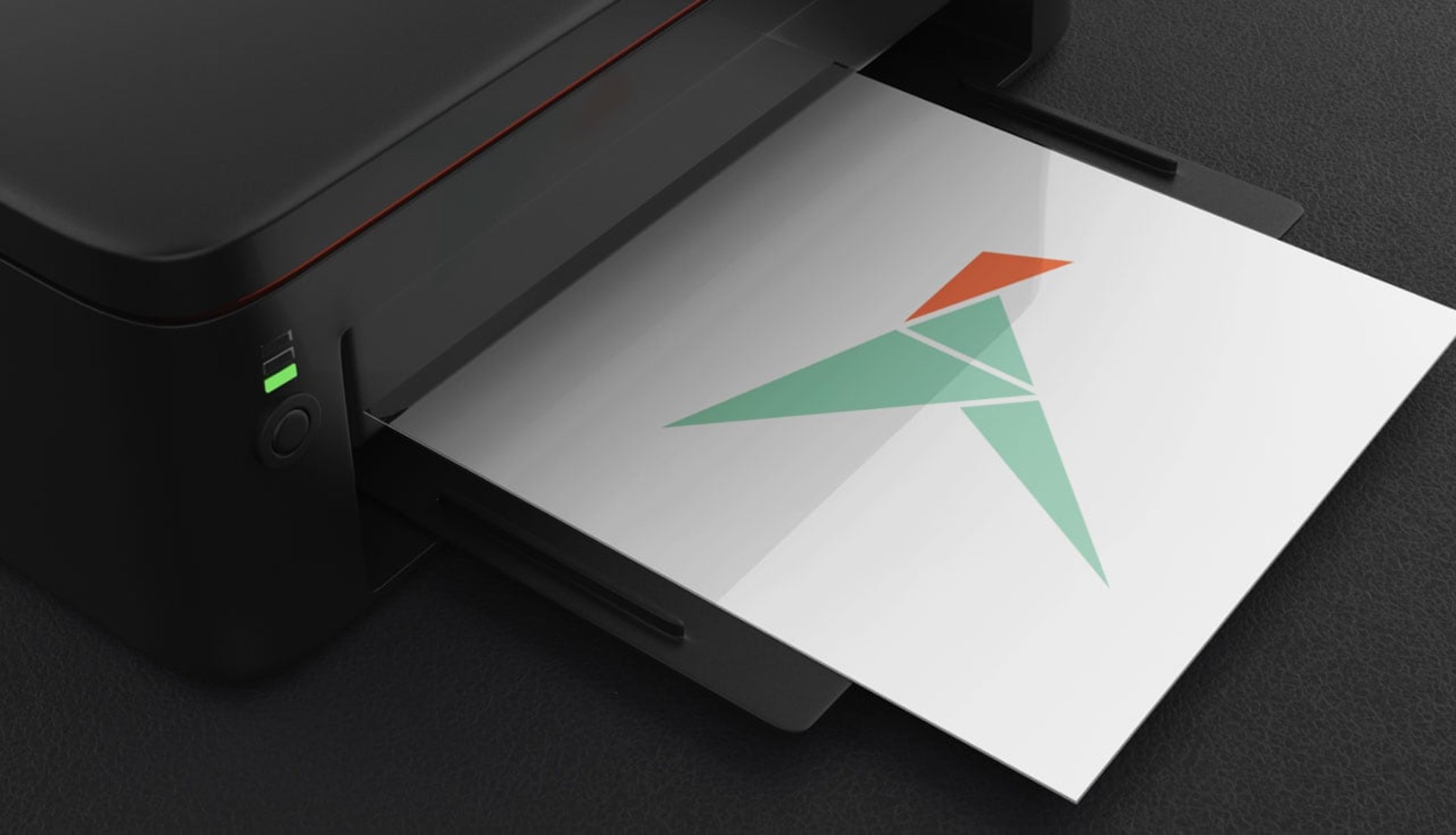
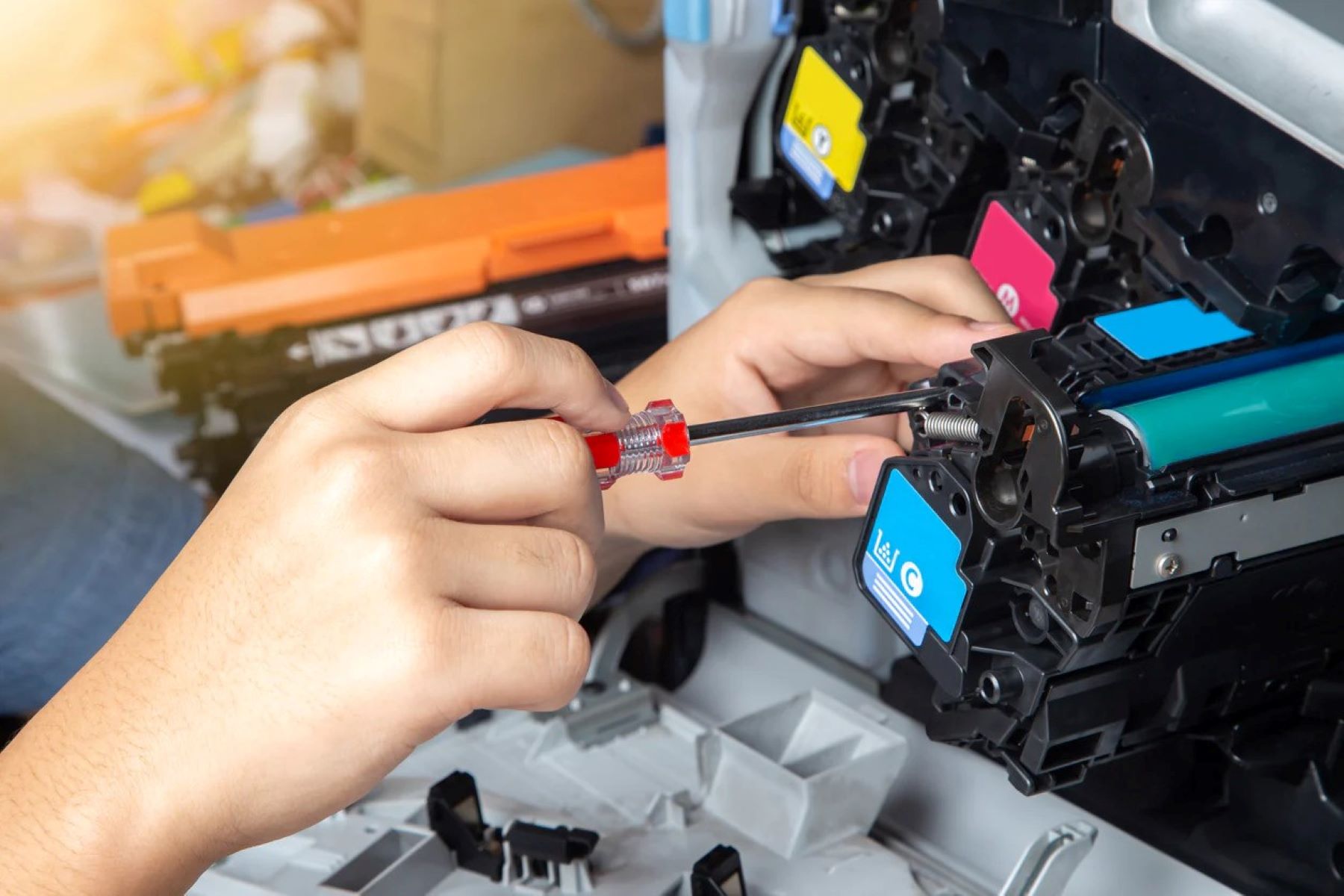
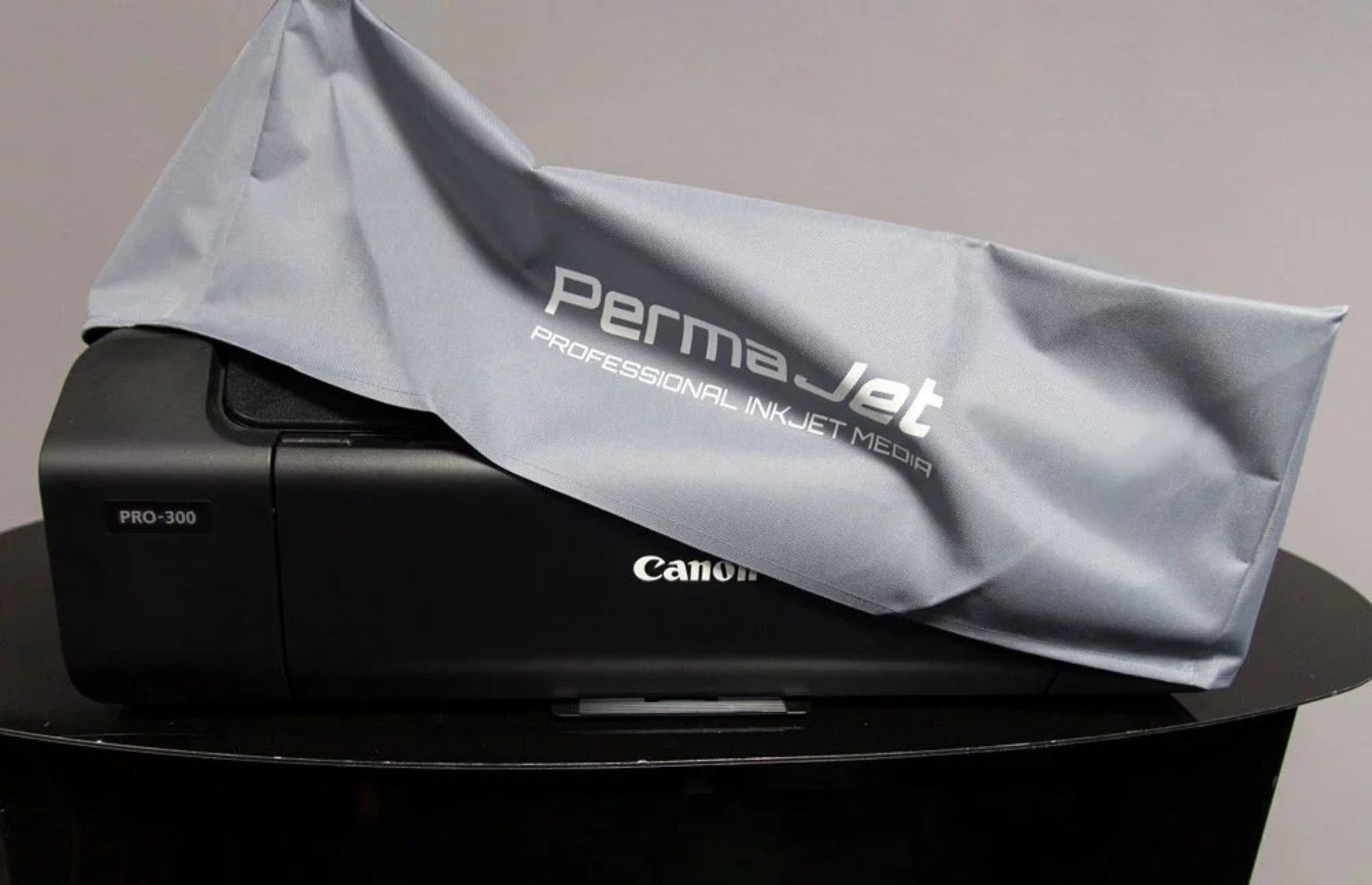

0 thoughts on “How To Align A Printer”